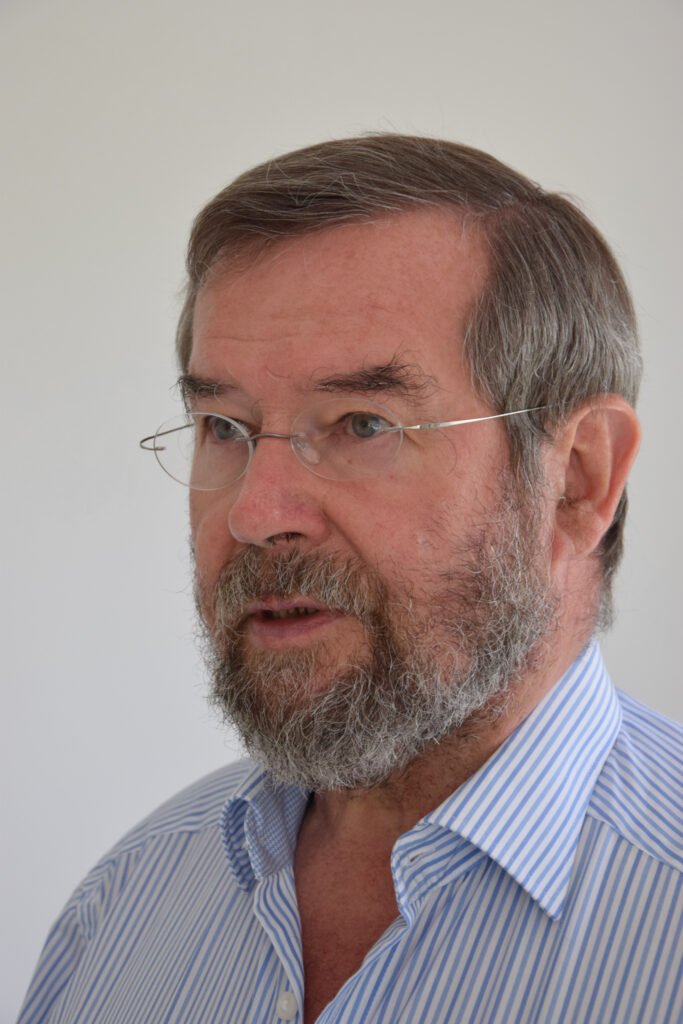Global Navigation Satellite Systems (GNSS) have become an essential infrastructure of our modern society. They enable precise positioning and time synchronization for countless applications – from smartphone navigation to the coordination of critical infrastructures.
GNSS-Expert Dr. Manfred Wittig
Dr. Manfred Wittig is a key figure in the field of satellite communications and navigation. As a project manager at the European Space Agency (ESA), he has contributed significantly to the development of European satellite communications systems and, as a coordinator at the European Union, to the development of navigation systems (especially EGNOS).

Portrait Dr. Manfred Wittig
Photo © Manfred Wittig
Dr. Wittig is distinguished by his decades of dedication to space and has made significant contributions, particularly as head of the Committee for Satellite Communications and Navigation. In 2023, he received the Distinguished Service Award from the International Astronautical Federation (IAF) for his outstanding contributions to satellite communications. His expertise spans various aspects of GNSS technology, from technical developments to regulatory issues. As the founder of MEW-Aerospace UG, he also applies his expertise to the private sector and contributes to the advancement of space technology.
Major GNSS Systems
The US Global Positioning System (GPS) was the first fully operational GNSS and consists of approximately 30 satellites. It provides worldwide navigation services with an accuracy of a few meters.
Galileo, the European equivalent, was developed to reduce dependence on GPS. The system promises higher accuracy and better availability, especially in urban areas and northern latitudes.
GLONASS, Russia’s navigation system, offers similar functionality to GPS and was originally developed for military purposes. Modern receivers often use multiple systems simultaneously for improved precision.
Threats: Jamming and Spoofing
However, the vulnerability of GNSS signals represents a growing security concern. Jamming refers to the deliberate interference or blocking of satellite signals with strong radio signals on the same frequency. Relatively simple jammers can cripple GNSS reception within a radius of several kilometers.
Even more dangerous is spoofing – the transmission of fake GNSS signals that deceive receivers and provide false positioning data. Attackers can thus divert vehicles, ships, or drones from their planned course without the users noticing the manipulation.
These threats have already had real effects: from disrupted port operations to problems in aviation. Critical infrastructures are therefore increasingly developing backup systems and detection mechanisms to protect themselves against GNSS attacks and ensure the resilience of our technology-dependent society.
EMCP VERTEX-TV spoke with Dr. Manfred Wittig about these threats and possible solutions:
His monograph “GNSS – History, Principle, Solution, Performance, Deficiencies” was published in 2024. Read the chapter “Jamming and Spoofing” exclusively at EMCP.
Dr. Manfred Wittig
GNSS – History, Principle, Solution, Performance, Deficiencies
Kapitel Jamming and Spoofing
(PDF, ca. 3.3 MB)
